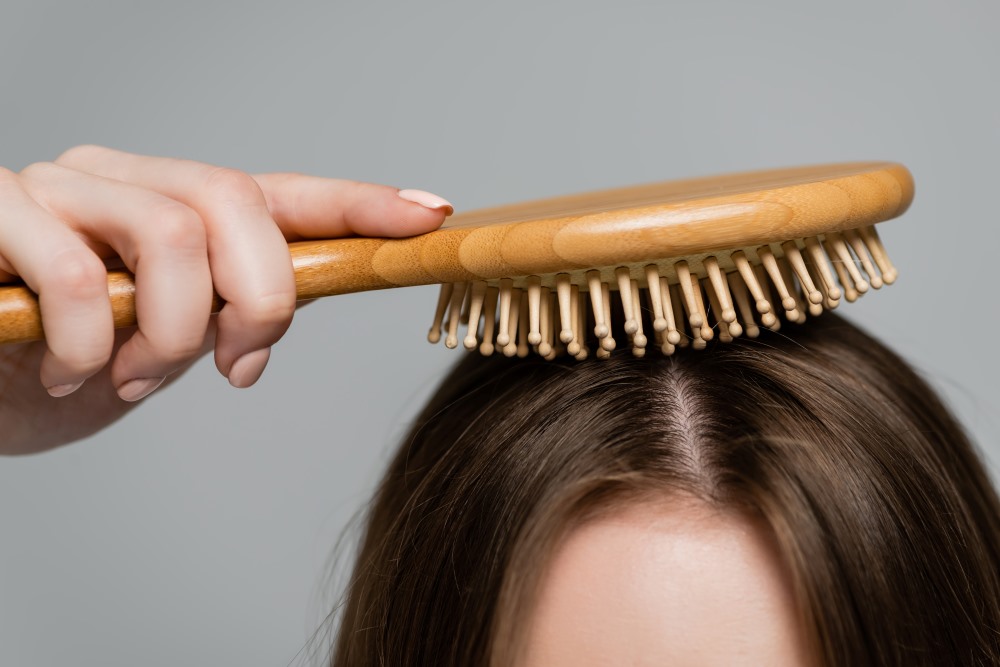Does PRP Regrow Hair if the Follicle Is Dead?

When you think of beauty standards, you might think of makeup and nice facial features. However, have you noticed that lately, a full head of luxurious locks has become increasingly popular among beauty enthusiasts? Unfortunately, not everyone is lucky enough to have a full head of healthy hair. Hair loss takes a great toll on millions of people around the world, and because of this, treatments that promise to revive lost manes are popping out from left and right. Platelet-rich plasma therapy is among these. More and more, people are turning to PRP therapy in order to help restore their hair. But some may ask, what if the hair follicle itself is dead? Does PRP regrow hair? Will hair still grow?
What is Platelet-Rich Plasma (PRP) Therapy?
PRP treatment takes a small amount from the patient’s blood, prepares the platelets through certain processing to make them stronger, and finally injects the plasma into areas where hair has fallen off. As platelets contain a good amount of growth factors, this might facilitate cell repair, improve blood flow, and ensure quicker healing. The goal of this hair fall treatment is to refresh hair follicles for the production of thicker and healthier hair strands.
The whole process essentially involves three steps:
Blood Drawing and Processing
Blood is drawn into the subject and placed in a centrifuge machine in order to centrifuge out the platelet-rich plasma.
PRP Injections
Injections may also involve PRP, which can be administered into the scalp at the site of thinning or loss.
Follow-up Sessions
The treatments are usually spaced out with weeks in between; it would be highly recommended to have maintenance treatments every six months or yearly.
The Difference Between Dormant and Dead Follicles
Knowing whether or not PRP can help grow hair requires the differentiation of what is called dead and inactive hair follicles.
Dormant Follicles
These are hair follicles that have, for some time, stopped producing hair, but the root is still present. Due to things like hormonal changes, poor blood circulation, tension, or malnutrition, it may appear as though these are ‘dull’ and are inactive. Hair can still grow from dormant follicles if they receive proper stimulation.
Dead Follicles
A dead follicle is one that has sustained an irreparable structure breakdown due to scarring, conditions such as cicatricial alopecia, and prolonged neglect. Dead follicles are unable to grow hair once again simply because they lack the needed biological parts.
Factors Affecting the Effectiveness of PRP Hair Regrowth
The success of PRP therapy will depend on several factors:
Extent of the Condition of Hair Loss
Early stages of hair thinning or the head would return better results than patients experiencing severe hair loss.
Main Causes of Hair Loss
PRP is more effective in the treatment of androgenetic alopecia and other disorders due to nonscarring alopecia; less effective for autoimmune-related hair loss, chemotherapy-induced hair loss, and scarring alopecia.
Individual Response to PRP Therapy
Everything, including the overall health, lifestyle, and genetics of a patient, determines or influences his or her response to the PRP treatment.
Quality of PRP Therapy
The platelet and growth factor concentration inside the plasma can change depending on the methodology and apparatus used.
Options For Inactive Follicles
If PRP cannot be used due to dying hair follicles, then there are more effective treatments available. Some of these include:
Hair Transplantation
Involves transplanting healthy hair follicles from one part of the scalp to areas with no active follicles.
Scalp Micropigmentation
A nonsurgical tattooing approach is used to create the appearance of hair density.
Synthetic Hair Implants
When hair transplantation is not possible, synthetic implants may provide temporary improvements in one’s appearance.
Medications
Topical and oral medications can do much to stop further loss and restore the health of the remaining hair, but they cannot bring dead hair follicles back.
Visit a PRP Specialist for Treatment
Therefore, it would be much better to consult a dermatologist or other doctor and ask whether PRP is good for hair loss. Your doctor will check the scalp, pinpoint the cause of hair loss, and recommend appropriate treatments for it.
Have you been noticing a decline in the fullness of your hair, or has your hair been a little thinner lately? Call the office of Dr. Ghozland today at 310-393-9359 and we will be happy to make an appointment for you!
